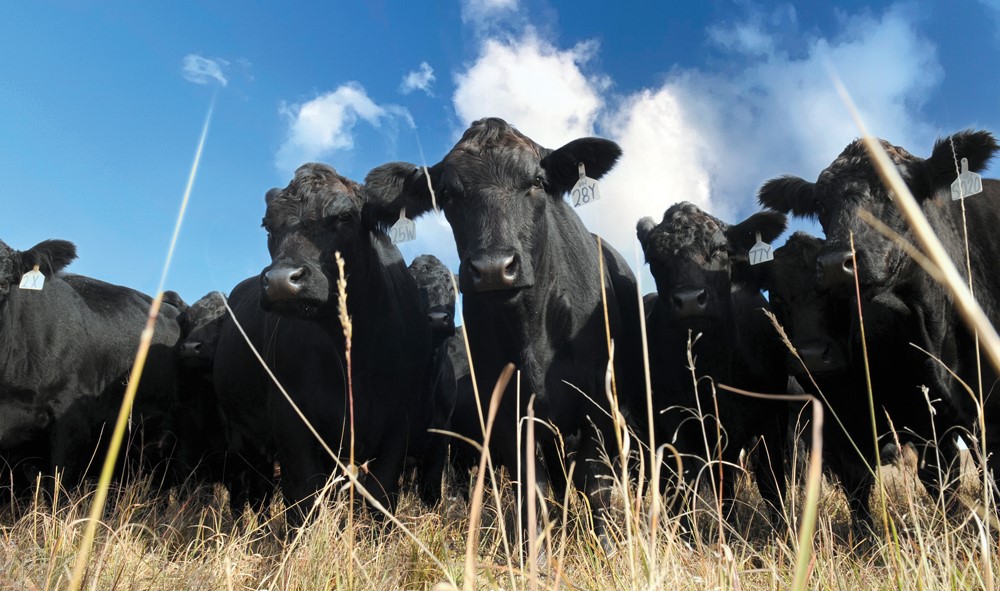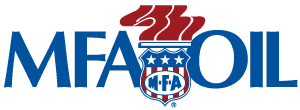
Understanding Cow Inventory to Build a Marketing Strategy
October 6, 2023
Written By Lisa Moser
For many, investing in the stock market is a long-term retirement strategy that takes discipline to avoid reacting to changes in the market. In much the same way, making a profit in the cattle business requires a long-term approach, said the Kansas State University’s Beef Cattle Institute experts on a recent Cattle Chat podcast.
“Having a strategy to deal with fluctuating prices is much better than reacting; it is much like the stock market in that you don’t want to buy in or buy out on a whim,” said K-State veterinarian Brad White.
White’s observation is related to the July USDA report that showed beef cow numbers at 29.4 million head, which is down 2.6% compared to the same time last year, and the cattle and calves total inventory was 95.9 million head, which is down 2.7% from the previous year.
“What I take from this report is that we haven’t bottomed out yet with the inventory numbers because people are still liquidating the herd,” said Dustin Pendell, K-State agricultural economist. “As the herds continue to shrink, cattle prices are going to stay high a little longer and possibly go a little bit higher.”
From a cattle producer’s perspective, there are choices to make. K-State beef cattle nutritionist Phillip Lancaster said, “As a producer, I may want to retain the four- to eight-year-old cows that are going to produce the best calves that I can sell into a market with high calf prices.”
White agreed and added that heifers retained can contribute to the financial success of the herd, but it will take a longer period of time compared to cows.
“Once we start saving heifers, it is a long-term investment because it takes months before they can contribute offspring to the herd,” White said.
One factor that influences the liquidity of the cattle market is drought, Lancaster said.
“If you are in an area that has been getting rain, you may be able to keep extra heifers and cows that can add to the herd, but if you are experiencing drought, then there will be feed costs that need to be accounted for in the decision to keep or sell,” Lancaster said.
White called that knowing the “resource availability.”
“If I have the resources available, I can be more selective about which females I keep, and I can sell the ones I don’t want at a reasonable price,” White said.
Along with the production cycle, Pendell said the consumer demand can also influence cattle prices.
“We are starting to see that the consumer beef demand is softening as consumers were not willing to pay as much for their beef in June as they did in May,” Pendell said. “Eventually, that will translate down to cattle prices along with the influences of international trade.”
The K-State experts agreed that producers need to think about the marketing opportunities for the long term.
“Every operation is going to be different depending on where you are located in respect to drought; prices are going to be high for the foreseeable future, so you need to figure out where those marketing opportunities are and then run with them,” Pendell said.

